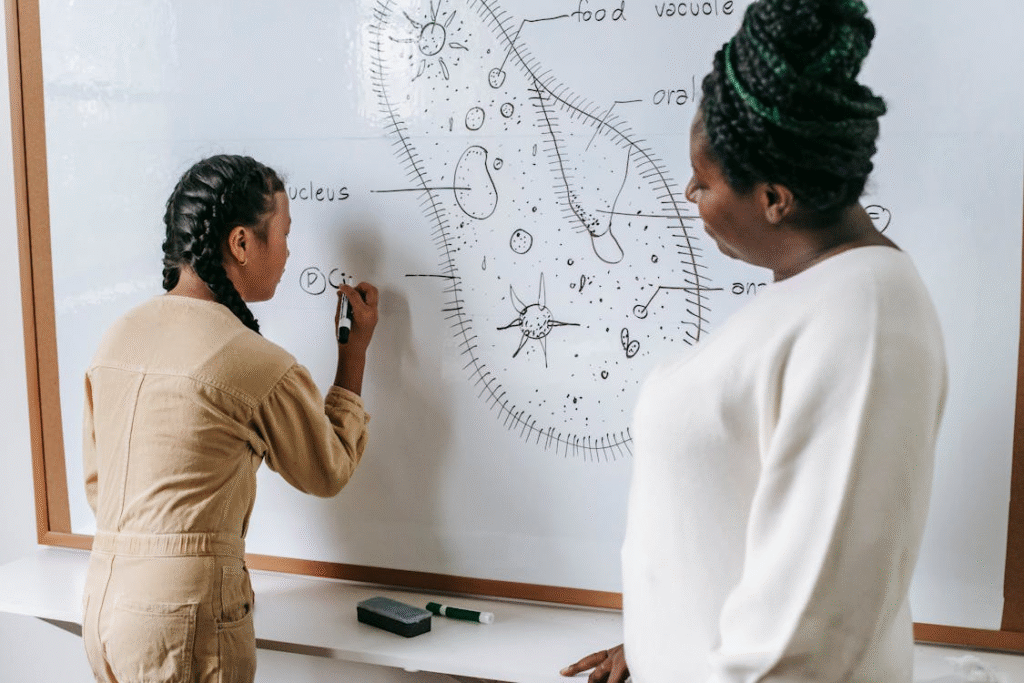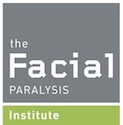Bell’s palsy strikes teenagers without warning, causing sudden facial paralysis that can devastate their confidence during already challenging adolescent years. While most cases resolve naturally within months, some teens face lingering effects that significantly impact their daily lives and social interactions.
This raises important questions about treatment options, particularly surgical interventions that might restore normal facial function.
Key Takeaways
- Teenagers can develop Bell’s palsy, though it’s more common in adults over 40
- Surgery becomes an option when Bell’s palsy symptoms persist beyond 12 months or cause severe functional problems
- Facial reanimation procedures for teens require careful timing and consideration of their developing facial structure
- Non-surgical treatments like corticosteroids and physical therapy remain the first line of treatment for adolescents
- Surgical outcomes in younger patients often show better results due to superior nerve regeneration capacity
Understanding Bell’s Palsy in Teenagers
The teenage years bring unique psychological pressures that make facial weakness particularly challenging to navigate. Adolescents dealing with sudden facial drooping, difficulty smiling, or problems closing their eyes often experience anxiety and social withdrawal.
Unlike adult cases where recovery rates hover around 70-80%, teenagers often experience higher spontaneous recovery rates. Studies suggest up to 85-90% of adolescent cases resolve completely within six months due to superior neural regeneration capacity.
Common symptoms in teenage patients include:
- Facial droop on one side
- Trouble closing the affected eye
- Difficulty smiling or making facial expressions
- Pain behind the ear or jaw area
- Changes in taste sensation
Recovery Patterns and Timeline
Most teenagers begin showing improvement within three to four weeks of symptom onset. The recovery process involves multiple phases, starting with reduced inflammation around the facial nerve, followed by gradual reinnervation of facial muscles.
Healthcare providers use the House-Brackmann Facial Paralysis Scale to monitor recovery progress objectively. This scale grades facial function from normal (Grade I) to complete paralysis (Grade VI).
Teenagers who remain at Grade IV or higher after six months may benefit from surgical evaluation. Recovery patterns vary based on initial symptom severity, with complete paralysis cases requiring longer recovery times than partial weakness.
https://facialparalysisinstitute.com/blog/is-bells-palsy-a-recurring-condition

When Surgery Becomes an Option
Surgery for Bell’s palsy becomes a consideration when conservative treatments fail after 12 months. For teenagers, this decision requires careful evaluation of both functional limitations and psychological impact.
Key factors that influence surgical timing:
- Eye protection concerns – Inability to close the eye properly risks corneal damage
- Psychological distress – Severe impact on academic performance and social development
- Facial growth considerations – Timing must account for ongoing facial development
- Functional limitations – Difficulty with eating, drinking, or speaking clearly
Dr. Azizzadeh and other specialists typically recommend waiting at least one year before considering surgery, since many teenagers continue to recover function beyond the usual six-month window. In cases where eye protection is at risk, earlier intervention may be necessary.
At the Facial Paralysis Institute, Dr. Babak Azizzadeh is internationally recognized for his expertise in treating facial paralysis, including complex cases of Bell’s palsy in teenagers. Families often seek his care for a personalized approach that blends advanced surgical techniques with an understanding of the unique emotional challenges young patients face.
Surgical Treatment Options

Facial reanimation procedures can restore movement and improve symmetry through various approaches. The choice depends on the specific pattern of paralysis and remaining muscle function.
Static Procedures: These don’t restore dynamic movement but significantly improve function and appearance. Options include gold weight implantation in the upper eyelid for better eye closure, or facial slings to support drooping features.
Dynamic Reanimation: Nerve transfer procedures like masseter to facial nerve transfer can restore smile function by rerouting nerves from jaw muscles to facial muscles. While requiring extensive rehabilitation, these procedures can help teenagers smile naturally again.
Muscle Transfer Procedures: For complete facial paralysis, gracilis muscle transfers involve moving muscle tissue from other body parts to restore facial animation. These complex procedures require significant commitment to post-surgical rehabilitation.
https://facialparalysisinstitute.com/blog/overcoming-the-effects-of-facial-paralysis-2
Non-Surgical Treatment Approaches
Before considering surgery, teenagers undergo comprehensive non-surgical treatment. Corticosteroids remain the gold standard initial treatment, with improved recovery rates when started within 72 hours of symptom onset.
Physical therapy plays a crucial role in treatment. Exercises for Bell’s palsy help maintain muscle tone during recovery and prevent complications like muscle contractures.
Treatment components typically include:
- Early corticosteroid therapy
- Specialized facial exercises
- Eye protection measures
- Psychological support and counseling
- Regular monitoring and assessment
Psychological support becomes particularly important given heightened awareness of appearance during adolescence. Counseling helps teenagers develop coping strategies during recovery or while considering surgical options.

Special Considerations for Teen Patients
Teenage patients face unique challenges that don’t apply to adult cases. Academic performance may suffer due to speech difficulties or self-consciousness about appearance. Schools may need to provide accommodations during recovery.
Important factors to consider:
- Academic impact – Need for presentation modifications or physical education adjustments
- Social functioning – Effects on peer relationships and self-esteem
- Family involvement – Parents must help teenagers make informed treatment decisions
- Surgeon selection – Choosing specialists with pediatric facial paralysis experience
The chosen surgeon should have specific experience treating adolescent patients, given the long-term implications of surgical decisions made during these formative years.
Recovery and Rehabilitation Process
Post-surgical recovery requires dedication and patience. Nerve transfer procedures involve intensive rehabilitation to retrain facial muscles, with teenagers initially needing to consciously activate donor muscles to create movement.
The rehabilitation process typically involves specialized physical therapists who understand facial reanimation techniques. Teenagers must learn new movement patterns and practice consistently to achieve optimal outcomes.
Recovery timeline varies by procedure type:
- Simple static procedures: weeks of recovery
- Complex muscle transfers: six months to two years for final results
- Nerve transfers: intensive retraining over months to years
The natural neuroplasticity of teenage brains often provides advantages during this relearning process.
Long-Term Outcomes and Success Rates
Surgical outcomes for teenage patients often exceed those in adult populations. The superior healing capacity and adaptability contribute to better functional outcomes and higher satisfaction rates.
Quality of life improvements can be dramatic following successful treatment. Restored ability to smile, improved speech clarity, and better eye protection enhance social functioning and academic performance. Many teenagers report significant improvements in self-esteem and confidence.
Long-term follow-up remains important as patients continue growing. Periodic evaluation ensures surgical results remain optimal and addresses any late complications.
Making the Treatment Decision
For teenagers considering surgical treatment of persistent Bell’s palsy, comprehensive evaluation by experienced specialists becomes essential. The decision-making process should involve detailed discussion of all factors.
The consultation process includes assessment of functional limitations, psychological impact, surgical options, recovery requirements, and realistic expectations. Teenagers and families need comprehensive information to make informed treatment decisions.
If you’re a teenager dealing with persistent Bell’s palsy symptoms that haven’t improved with conservative treatment, specialized evaluation and treatment can help determine whether surgical intervention might benefit your specific situation.
Conclusion
Bell’s palsy in teenagers presents unique challenges requiring specialized understanding and treatment approaches. While most cases resolve naturally with conservative treatment, surgical options exist for those with persistent symptoms. Success depends on careful timing, appropriate procedure selection, and commitment to rehabilitation. With proper evaluation and treatment, teenagers can achieve significant improvement in both function and quality of life.
Request your consultation with Dr. Azizzadeh today
Call us at (310) 657-2203 to schedule an appointment.
Schedule a Consultation




